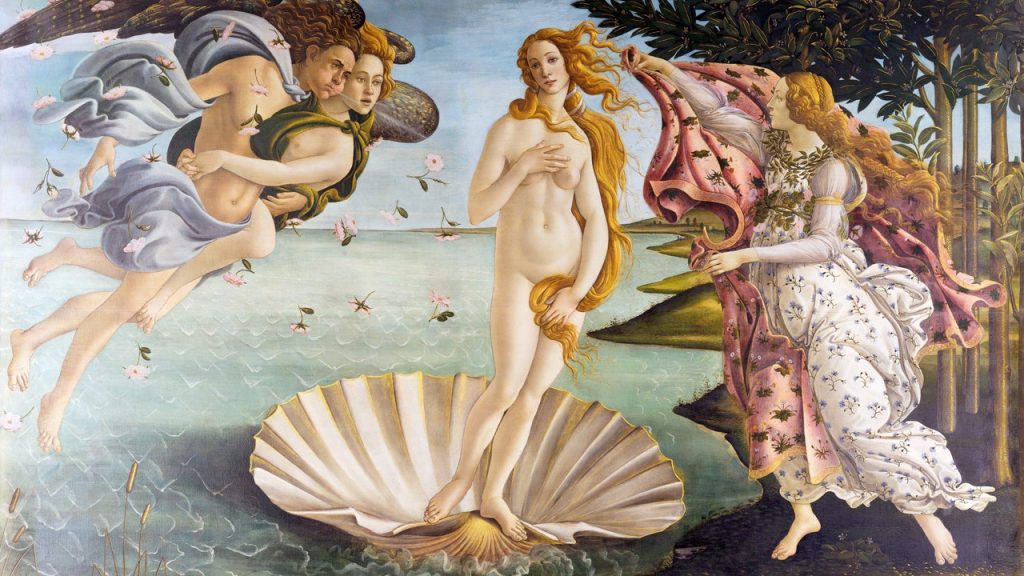In July 2017, an article was written for Vogue Italia discussing the topic of toplessness and public nudity laws in the United States. The article focused on filmmaker and activist Lina Esco, who had started a political movement with her film “Free the Nipple.” With support from celebrities like Miley Cyrus and Cara Delevingne, the movement gained traction, particularly on social media with the hashtag #FreeTheNipple. This movement was part of a larger shift in society towards women speaking out about their experiences, as highlighted by the “Me Too” movement started by Alyssa Milano in the same year.
The article also featured a conversation with designer Alessandro Michele about their shared memories of topless beaches in Italy during their youth. In Italy, topless beaches were a common sight, with bodies of all shapes and sizes being embraced and accepted. Michele spoke about the beauty he saw in the imperfect nature of these bodies and how it represented a democratic cultural status quo. In Italy, there was very little censorship when it came to naked breasts, with nudity being a natural part of the national conversation and aesthetic.
Growing up in Italy in the ’90s, the author had a similar experience with toplessness on beaches. Naked breasts were a common sight and were not given much thought or attention. Whether it was young girls tanning on the shore or grandmothers enjoying lunch under umbrellas, it was a norm for bodies to be on display. This lack of censorship and acceptance of nudity created a sense of equality among women, where there were no hierarchies based on appearance. The author recalled how even porn stars like Ilona Staller and Moana Pozzi were able to start a political party called the Love Party without facing backlash or criticism.
The author reflected on the cultural differences between Italy and the United States when it came to nudity. In Italy, nudity was embraced as a natural part of life, while in the United States, public nudity laws were stricter and toplessness was often seen as taboo. The movement to free the nipple and embrace nudity in the United States was a way to challenge these social norms and advocate for greater acceptance of the human body. The author believed that embracing nudity and imperfections was a form of ultimate beauty, as it represented a sense of equality and acceptance among all individuals.
The article emphasized the importance of challenging societal norms and advocating for greater acceptance of nudity and the human body. By sharing personal experiences and memories of topless beaches in Italy, the author highlighted the cultural differences between Italy and the United States when it came to nudity. The movements like “Free the Nipple” and “Me Too” were seen as a way to empower individuals to speak out about their experiences and challenge societal expectations. Ultimately, the author argued for a more inclusive and accepting society that embraced all bodies, regardless of shape or size.


